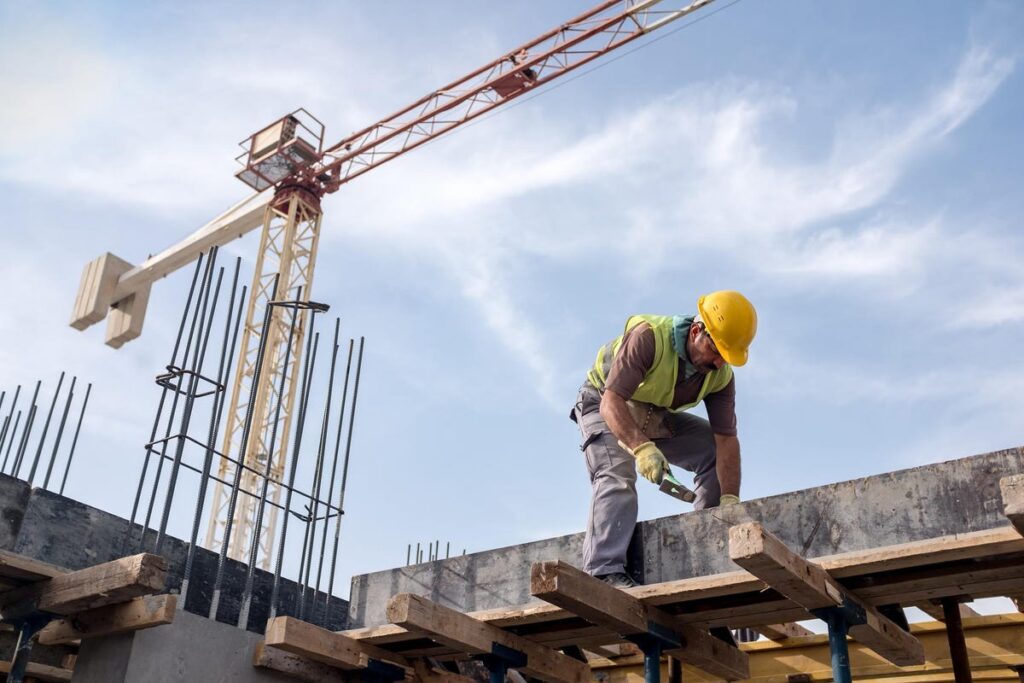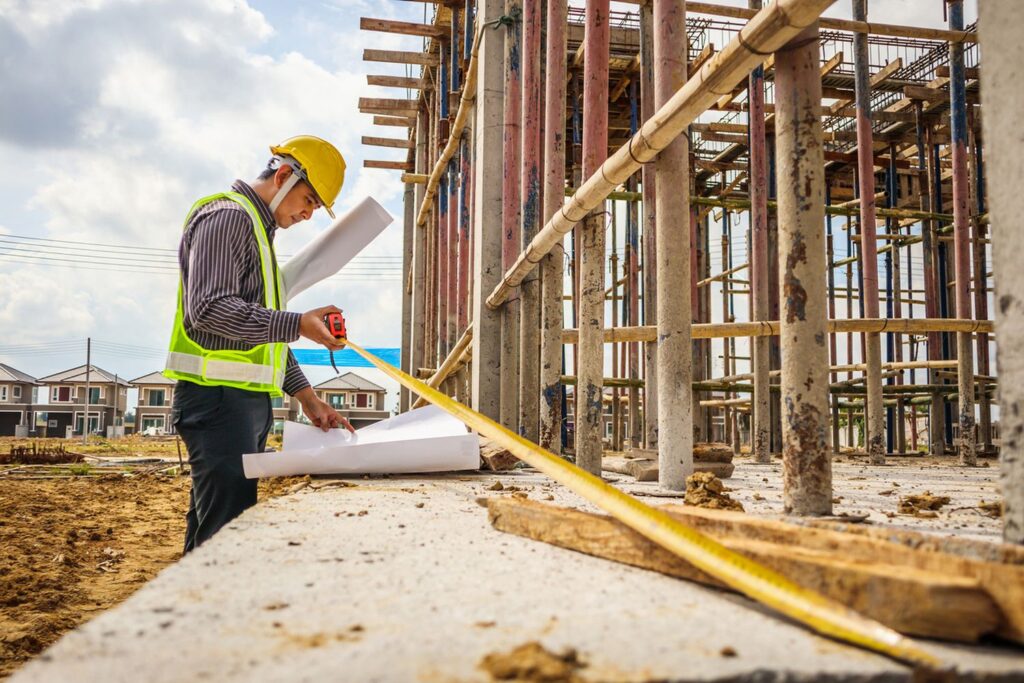
According to a report by the Construction Productivity Imperative, most construction projects are affected by delays and cost overruns. You must be careful about delays if you are a contractor, because most contracts do not favor contractors. When this happens, you’ll likely spend a lot of time and effort dealing with lawsuits instead of building your business.
Additionally, delays may cause your customers to be dissatisfied with your work, which can lower your ratings. There are two main reasons why delays happen: consultants and third parties.
Delays caused by consultants

An example of a delay caused by consultants is the failure to hand over the construction site on time. A construction site is transferred to the contractor when site analysis reports are made available to the contractor. Examples of site analysis reports include geographical surveys and environmental assessment impact reports.
Consultants can also cause delays if they fail to review and approve design documents on time. Similarly, if a client makes numerous change orders, it can cause more delay because the new plans will need to be approved by several interested parties.
Another way that consultants can cause delays is if they are not paid on time. Lastly, consultants can cause delays if they lack adequate work experience. If a contractor does not have the required work experience, they will not know how to handle an emergency when it arises.
Delays caused by external factors
External factors are things that you cannot control. Examples are events caused by “Acts of God”, such as natural disasters like fire, rainfall, and hailstorm. Though these delays cannot be blamed on an individual, they are non-compensable.
Another external factor that can cause a delay is legal factors, such as the suspension of a project by the government. The government may require specific reports, such as an environmental impact assessment report. The consequences of such events can become quite expensive for the project owner, especially if the project is bankrolled.
Other examples of external delays include transport delays and delays caused by labor disputes. Labor disputes can be brought about by several factors, such as poor working conditions and late payments.
5 tips to effectively manage your construction timeline

A construction timeline is a schedule used to visualize a project’s progress, including timelines with corresponding tasks. A schedule should be used to gauge whether your project is on track and should be used to measure the progress of a project during various construction stages. So how do you effectively manage your construction timeline?
1. Employ the right tools
There are a lot of moving parts involved when dealing with a construction project. The larger the construction project, the more complicated it becomes to create an effective construction timeline. There are two ways you can do this: you can make the timeline in Excel, which is tedious and difficult to follow.
Or you could create an effective timeline using an optioneering platform like ALICE Technologies. This platform is suitable for the handling of scheduling problems, helping you identify delays before they affect the overall construction project. Once delays have been identified, the platform will come up with simulations to determine the best alternative to reduce the impact of these delays.
Unlike tools like Excel that require you to update your progress manually, other technological platforms use things like artificial intelligence to automatically create progress updates and backup schedules.
2. Identify and prioritize tasks
The right tool alone will not help you create an effective project timeline. You must identify tasks that need to be completed based on project milestones. The tasks need to be as accurate and comprehensive as possible. To do this, ask for help from subcontractors, since they are on the ground and have a better understanding of the daily ins and outs of the site.
Once you have identified these tasks, you will need to prioritize them in order of importance. For example, you must clear the site before building the foundation. Once you have the tasks, ensure that you assign a reasonable time frame to them. The time given for each task should be decided from collaboration with subcontractors.
3. Regularly review your plans and project documents
Another strategy to ensure that you operate within the stipulated time frame is to check your progress regularly. This is important, because you identify errors such as design mistakes before they become too costly to rectify. The earlier you identify these errors, the better, because you can correct them before they significantly delay the project.
Additionally, regularly reviewing your schedule will help you know whether you are within budget and have remained within the stipulated time frame. If you are behind schedule, you can come up with solutions that will make it easy for you to recover lost time.

4. Have contingency plans
A contingency plan is an action plan that includes strategies that contractors use in case a risk occurs. It is important to know that it is usually the smallest ignored risks that end up causing the most damage. Brainstorm with your team (including subcontractors) on contingency plans that need to be implemented in case an identified risk affects the project.
The best way to draft a contingency plan is to identify risks affecting your construction project and have an action plan for each risk. Once you are satisfied that the action plan is effective, share it with your team to get their input and opinions. Finally, ensure that the contingency plan is regularly updated as new technologies and risks emerge.
5. Monitor your schedule daily
It is crucial to monitor the progress of your schedule daily. This will make identifying and preventing setbacks easy before they affect the construction project. A good example is when you realize you are running low on materials. In this case, you can quickly get another supplier to deliver the materials if the contracted supplier breaches the terms of engagement.
In a nutshell, if you manage your construction timeline well, you can rest assured knowing that you’ll be preventing delays and that the project owner will always be happy with your work. Remember to have a contingency plan and to monitor your work schedule regularly.








